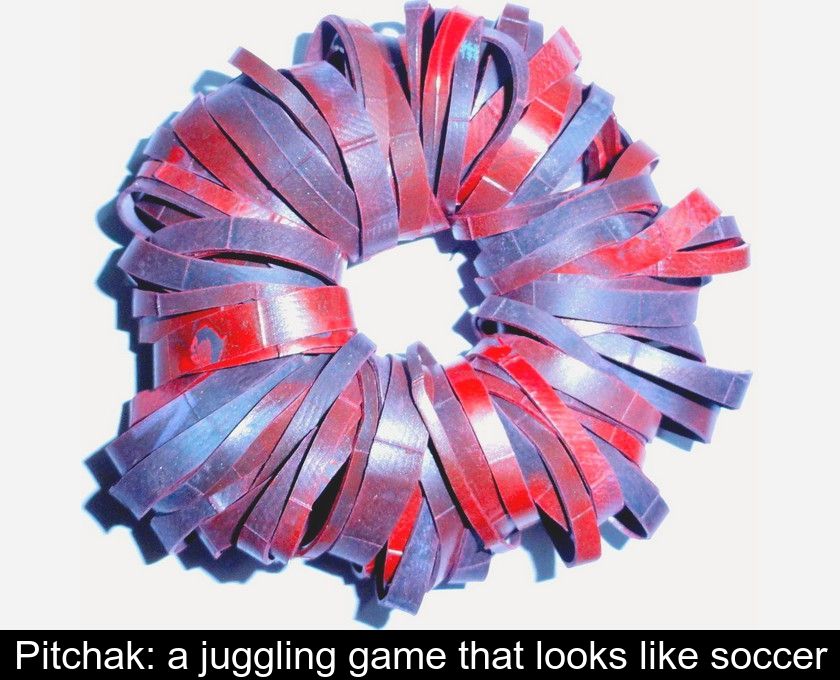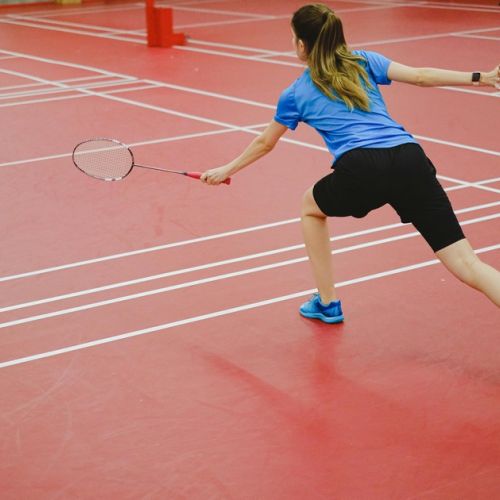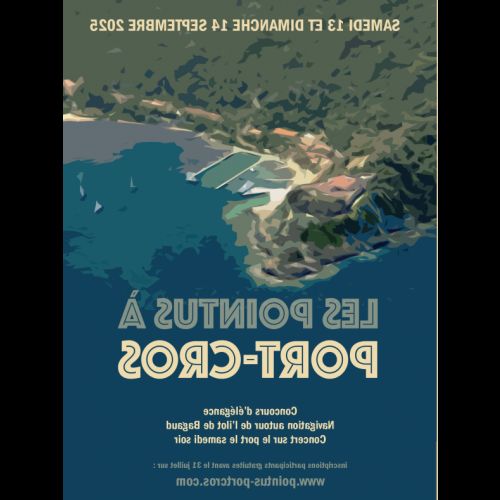Pitchak: A Juggling Game That Looks Like Soccer
Have you ever heard of pitchak? This funny word refers to a juggling game that resembles soccer but is played without a round ball or juggling balls! Here's everything you need to know about the origin and rules of this game sometimes called pitch.
What is the origin of the pitchak game?
The pitchak is a traditional juggling game originating in Algeria. It was commonly practiced in the 1950s in that country and was brought to the South of France by returnees from Algeria in the 1960s and 1970s.
The exact origin of this juggling game is not known, but traces of comparable agility games have been found in other countries around the Mediterranean.
What is the material used?
This game consists of juggling with the feet and knees like a soccer player or with the hands, but without using a ball or any other form of ball.
The name 'pitchak' is used to refer to both the game and the object used to juggle. A pitchak is usually made from old recycled bicycle inner tubes.
The rubber is cut into thin slices that are then tied together with string to form a sort of rubber pom-pom!
This funny recycled object is then used to play alone or with others (2 or 4 players). As it is very light and weighs only a hundred grams, it tends to go where it wants and that's the difficulty of the game!
To note: even if the shape of this object is different, the pitch game is not without reminding the Nice game of pilou (another form of juggling using pierced coins into which a shuttlecock is slipped).
This game is also popular in the playgrounds in Nice as shown in the Nice-Matin report below:
What are the rules of the game?
When playing alone, the object of the game is to perform as many juggles as possible using your feet, knees, head and chest as in soccer or using your hands as in ball juggling.
One must simply stay within a circle of 1 m diameter and attempt to control the pitchak. The player's goal is to keep it in its close environment as long as possible, without dropping it to the ground.
When playing pitchak with more than one player, a field is marked out by drawing circles of 1 m to 1.50 m in diameter on the ground separated by 1.50 m.
The serve is done in two steps, either by two foot strikes or by a knee strike followed by a foot strike.
In this case, it is a slightly different game of skill, since you have to drop the pitchak into the opponent's court to score a point.
A match can be played in two or three winning innings. Each inning is played to 11 runs, and you need a two-run lead to win the inning.
What are the advantages of pitchak?
The pitchak game has been revived since 2000 by the Pitchak France Solidaire association (see link below).
This game has several advantages, especially for a practice with young people because :
- it appeals to young people because of its similarity to soccer
- it encourages players to move simply and with fun
- it allows to fight against the sedentary lifestyle which still concerns too many children and teenagers
- it is a non-violent sport accessible to the greatest number of people
- it develops motor skills, concentration and coordination
- it can be practiced anywhere with little equipment
- it uses recycled material, which the players can make themselves, which is both more ecological and more economical.











